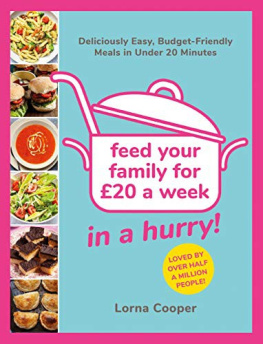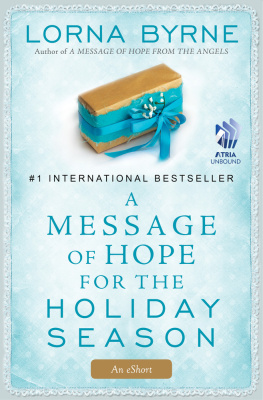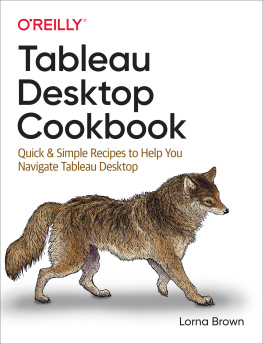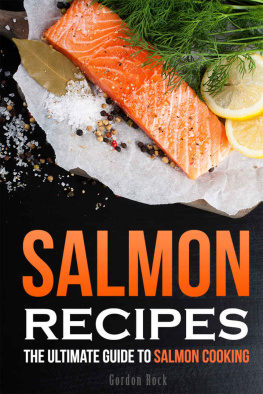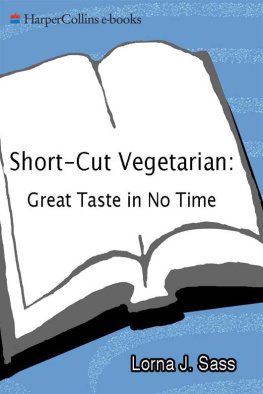CONTENTS

INTRODUCTION
Let food be thy medicine and medicine be thy food.
HIPPOCRATES
Weve never been so distanced from our food and where it comes from. Our lives have never been so hectic, so influenced by technology, so commodified. We find ourselves with less and less time to invest in nourishment, of both our bodies and our minds. Nutrition, exercise, rest these are, generally, the first things to fall by the wayside, particularly if, like me, you can find yourself struggling with the stresses and anxiety that seem to come hand-in-hand with modern life.
The Calm Kitchen is more than just a recipe book. Following the four seasons, its a beginners guide to reconnecting with nature through food as a form of self-care, from the soothing smell of lavender in summer to the simple magic of baking a loaf of bread on an autumn evening, from shopping (or foraging) for your favourite seasonal ingredients to cooking them to feed yourself or your friends and family.

I want to share with you how mindful cooking, baking, foraging and feasting (the latter being my personal favourite) can lead to better peace of mind, health and well-being. Ill take you through a collection of foolproof recipes alongside informative, insightful guides to ingredients and how they can benefit your physical and mental health. You will also find tips on foraging across the hundreds of miles of countryside, woodland, orchards and kitchen gardens in the United Kingdom, including some of my choice favourites in the National Trusts care.
I cant really begin to describe quite how much spending time calmly cooking and baking has benefited my mental health but for you, Im going to try.
Oven temperatures given are for fan ovens. If you use a conventional oven you may need to increase the temperature by 10C.

STORECUPBOARD ESSENTIALS
These are the essential ingredients Id be lost without. All of which, unsurprisingly, feature in the recipes throughout this book.
I derive unbridled joy from unpacking and putting away the big shop. I find it so calming and therapeutic to stack the various tins, pour grains and pulses into glass jars (a great way to keep track of what needs restocking, with the added side benefit of making your worktops look beautiful), and watching the shelves in the fridge burst into shades of green, red and orange.
Just looking at all the fresh fruit, vegetables, grains and pulses Ive gathered to cook makes me feel healthy and brings me joy and thats half the battle, right?
So, here are my Calm Kitchen storecupboard essentials:
TINNED FOODS
Tomatoes try to go for plum over chopped as theyre usually higher quality
Kidney beans
Butter beans
Borlotti beans
Baked beans
Chickpeas
Artichokes less faff than fresh

GRAINS, PULSES AND PASTA
Basmati rice
Arborio rice
Soup pasta orzo, ditalini
Pearl barley
Spaghetti
Split red lentils
Rolled oats
Plain flour
Self-raising flour
Wholemeal flour
00 flour (for pasta)
Semolina

HERBS AND SPICES (DRIED)
Salt
Black pepper
Vegetable stock cubes/bouillon
Basil
Oregano
Thyme
Rosemary
Paprika
Smoked paprika
Ground cumin seeds are even better
Ground coriander
Ground cinnamon or cinnamon sticks
Garam masala
Turmeric



MISC.
Tomato pure
Baking powder
Bicarbonate of soda
Eggs ideally free-range and local
Olive oil
Extra virgin olive oil
Soya mince
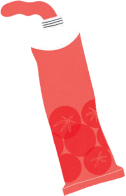
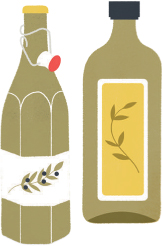

SPRING
Delicate blossom forming on trees, little green hints of new growth scattered over naked branches and clear blue skies: I welcome with open arms the optimism thats gifted with the first days of spring, the season thats about new leaves and deciding which ones to turn over. New beginnings, a fresh start. Now, I dont know about you, but I couldnt possibly do anything before Ive had some brunch.
ESSENTIAL SPRING PRODUCE
(and why its good for you)
PEAS Peas contain vitamins K, C and A, needed for bone-building, blood coagulation and to support your immune system, as well as being a top-notch source of plant-based protein.

ARTICHOKES Artichokes are rich in folate (vitamin B9), which is essential for making red blood cells. Theyre also a good source of minerals like calcium, potassium and iron.
SPINACH These leafy greens contain high levels of vitamins K and A (for growth and development) and are particularly high in vitamin C. Spinach is also notable for its high iron content.
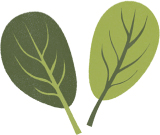
ASPARAGUS A good source of vitamins K, C, A and E, asparagus also contains a hearty helping of folate, which helps to make healthy red blood cells.



